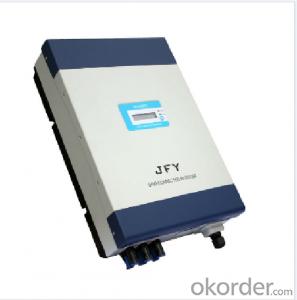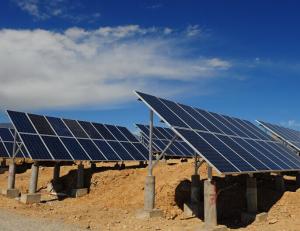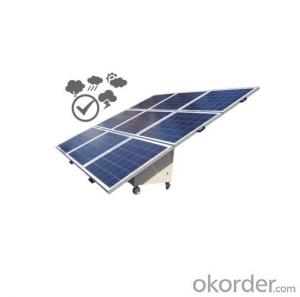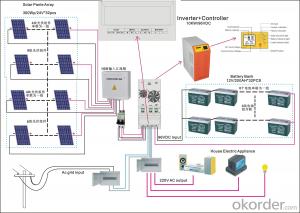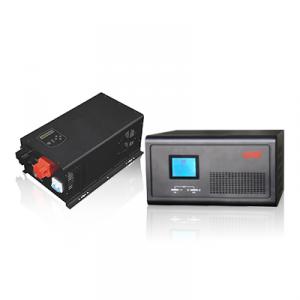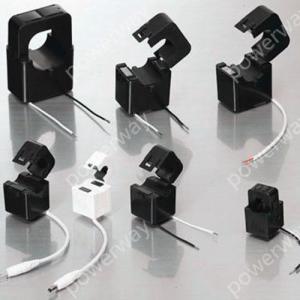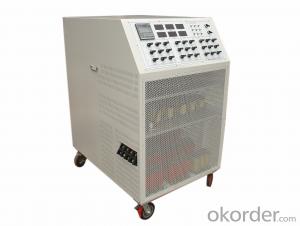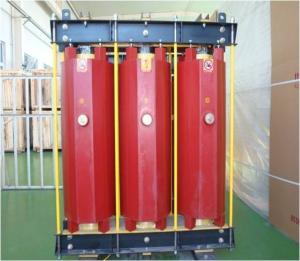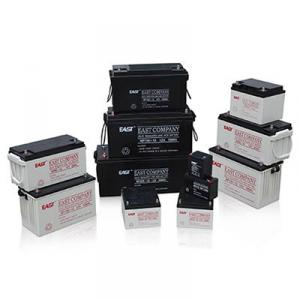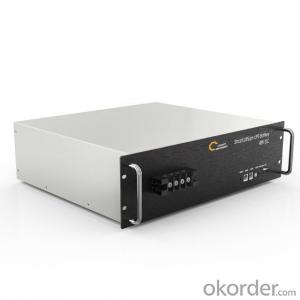Solar Power Inverter 5000w
Solar Power Inverter 5000w Related Searches
5000w Solar Power Inverter Solar Inverter 5000w 5000 Watt Solar Power Inverter 5000 Watt Solar Inverter 5000 Watt Inverter Solar China 5000w Solar Inverter Solar Power Inverter 500w 5000 Watt Solar Inverter Price 500w Solar Power Inverter 5kw Solar Power Inverter Solar Power 5kw Inverter Solar 5kw Inverter Growatt 5000w Solar Inverter Solar Inverter 500w 500w Solar Inverter 5kw Solar Inverter 500 Watt Solar Power Inverter 5 Kilowatt Solar Inverter 5.5 Kw Solar Inverter 500 Kw Solar Inverter Solar 500 Watt Power Inverter Solar Inverter 5.5kw Solar Inverter 500kw 500kw Solar Inverter 500 Watt Solar Inverter 5kw Solar Panel Inverter Solar 5kva Inverter Solar Inverter 500 Watt 5k Solar Inverter Inverter For 5kw Solar SystemSolar Power Inverter 5000w Supplier & Manufacturer from China
Solar Power Inverter 5000w is a high-capacity power conversion device designed to efficiently convert solar energy from photovoltaic panels into usable AC power for various applications. This advanced inverter is equipped with cutting-edge technology, ensuring reliable performance and maximum energy output. It plays a crucial role in harnessing the power of the sun and making it accessible for everyday use.The Solar Power Inverter 5000w is widely used in residential, commercial, and industrial settings where a reliable and sustainable power source is required. It is particularly beneficial for off-grid systems, where it can provide a continuous supply of electricity without the need for a connection to the main power grid. Additionally, this inverter is ideal for backup power systems, ensuring that essential appliances and devices continue to function during power outages. Its versatility makes it suitable for a range of applications, from powering homes and businesses to supporting renewable energy projects.
Okorder.com is a leading wholesale supplier of the Solar Power Inverter 5000w, offering a vast inventory of this high-quality product at competitive prices. With a strong commitment to customer satisfaction, Okorder.com ensures that each inverter is thoroughly tested and inspected before being shipped to customers worldwide. This commitment to quality and service makes Okorder.com the preferred choice for those seeking a reliable source for Solar Power Inverter 5000w.
Hot Products






